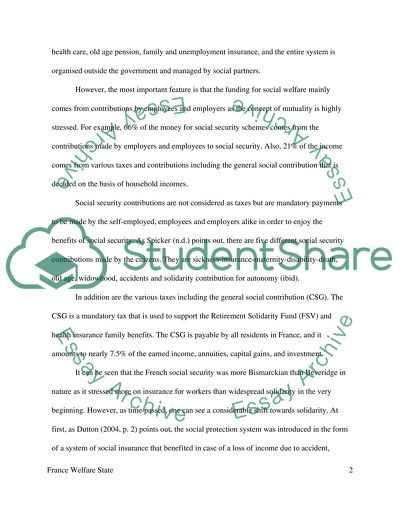Cite this document
(Essential Features of France as a Welfare State Essay, n.d.)
Essential Features of France as a Welfare State Essay. https://studentshare.org/politics/1591192-what-are-the-essential-features-of-one-of-the-following-welfare-states-a-france-b-russia-cspain
Essential Features of France as a Welfare State Essay. https://studentshare.org/politics/1591192-what-are-the-essential-features-of-one-of-the-following-welfare-states-a-france-b-russia-cspain
(Essential Features of France As a Welfare State Essay)
Essential Features of France As a Welfare State Essay. https://studentshare.org/politics/1591192-what-are-the-essential-features-of-one-of-the-following-welfare-states-a-france-b-russia-cspain.
Essential Features of France As a Welfare State Essay. https://studentshare.org/politics/1591192-what-are-the-essential-features-of-one-of-the-following-welfare-states-a-france-b-russia-cspain.
“Essential Features of France As a Welfare State Essay”. https://studentshare.org/politics/1591192-what-are-the-essential-features-of-one-of-the-following-welfare-states-a-france-b-russia-cspain.


